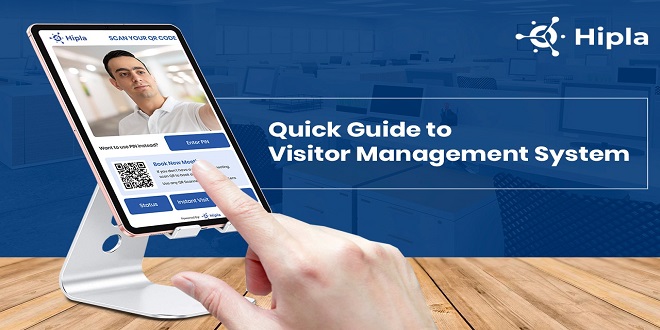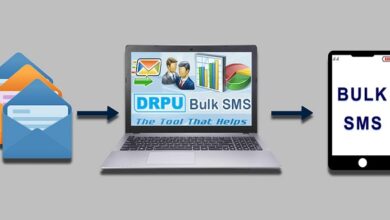Quick Guide to Visitor Management System

As businesses and organizations continue to expand, managing the flow of visitors becomes more and more challenging. That’s where visitor management systems come in. These systems help streamline the process of tracking visitors, ensuring that all guests are accounted for and secure. In this quick guide, we’ll take a closer look at what visitor management systems are, why they’re important, and how they work.
What is a Visitor Management System?
A visitor management system is a software solution that enables businesses and organizations to track and manage the entry and exit of visitors. It allows them to monitor who is entering and leaving their premises and provides an efficient way to manage the flow of visitors.
Why are Visitor Management Systems Important?
There are several key reasons why visitor management systems are important for businesses and organizations. Here are some of the most important benefits they provide:
- Enhanced Security – A visitor management system provides an added layer of security management system by enabling businesses and organizations to monitor and track who is entering and leaving their premises. This helps to deter unauthorized access and ensures that all visitors are properly screened before they are allowed to enter.
- Improved Efficiency – A visitor management system helps to streamline the check-in process, making it faster and more efficient for both visitors and staff. This reduces waiting times and ensures that visitors have a positive experience.
- Compliance – Many businesses and organizations are required by law to maintain accurate records of who is entering and leaving their premises. A visitor management system helps to ensure that these records are accurate and up-to-date, helping organizations to stay compliant with relevant regulations.
How Do Visitor Management Systems Work?
Visitor management systems work by capturing visitor data and storing it in a database. This data may include the visitor’s name, contact information, and purpose for visiting. The system may also capture a photo of the visitor and produce a visitor badge or pass, which is used to identify them while they are on the premises.
When visitors arrive, they are typically asked to provide some basic information, such as their name and the purpose of their visit. This information is then entered into the visitor management system, along with any other relevant details. The system may also scan the visitor’s ID or take a photo of them for identification purposes.
Once the visitor’s information has been captured, the system will typically print a visitor badge or pass, which is used to identify the visitor while they are on the premises. The visitor may also be required to sign in and out of the premises, depending on the organization’s policies.
FAQ:
Q: What kind of hardware is required for a visitor management system?
A: The hardware required for a visitor management system will depend on the specific solution being used. However, it may include cameras, scanners, printers, and mobile devices.
Q: Can visitor management systems integrate with other security management systems?
A: Many visitor management systems can seamlessly work with security management systems, such as access control and CCTV systems.
Q: Is it possible to customize visitor badges or passes?
A: Yes, most visitor management systems allow for the customization of visitor badges or passes, including the addition of logos, branding, and other relevant information.
Conclusion:
In conclusion, a visitor management system is an important tool for businesses and organizations looking to improve their security management system. By streamlining the check-in process and providing an accurate record of who is entering and leaving the premises, these systems help to enhance safety and protect against unauthorized access. If you’re considering implementing a visitor management system in your organization, be sure to choose a solution that meets your specific needs and requirements




